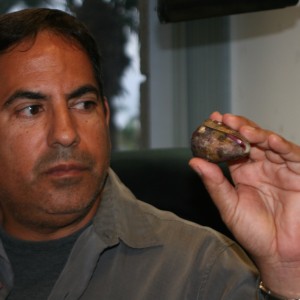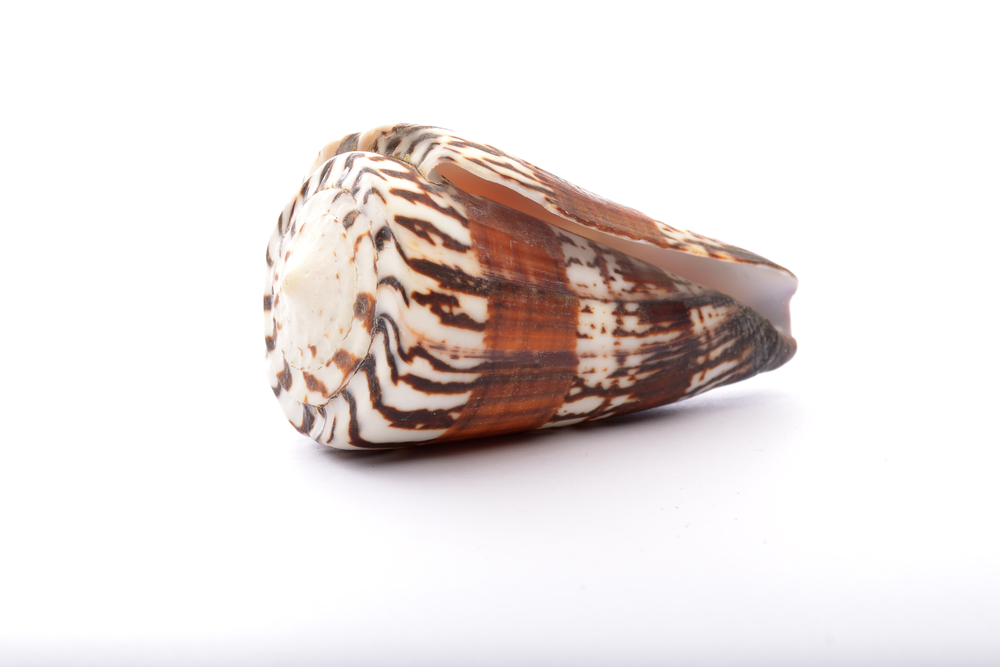 Scientists at Florida Atlantic University have found that venom from cone snails, a type of marine mollusk, can help in the detection and treatment of some types of cancer, including lung cancer.
Scientists at Florida Atlantic University have found that venom from cone snails, a type of marine mollusk, can help in the detection and treatment of some types of cancer, including lung cancer.
The study, led by Frank Marí, Ph.D., professor in the Department of Chemistry and Biochemistry in FAU’s Charles E. Schmidt College of Science, was recently published in the Journal of Biological Chemistry.
Cone snails can be obtained in the coast of Florida and can survive at different depths. Dr. Marí and colleagues often catch these animals either by scuba diving or using deep-water submarines.
“The venom produced by these animals immobilizes prey, which can be worms, other snails and fish,” Dr. Marí said in a news release. “The venom is an extraordinary complex mixture of compounds with medicinal properties.”
The team found that the venom could selectively target cellular components and transform them into important drug leads and great tools to understand processes within the human body. One such class of these venom components is called alpha-conotoxins (responsible for targeting nicotin receptors that play a major role in lung cancer).
In particular, venom from Conus regius, a species of cone snails, is especially rich in alpha conotoxins. Within these conotoxins, the researchers found a compound, RegIIA, which has the capacity to block the alpha3beta4 (α3β4) nicotinic acetylcholine receptor (nAChR), which upon activation can influence lung cancer development and nicotine addiction.
The team used alanine scanning mutagenesis to understand the selectivity profile of RegIIA at the α3β4 nAChR subtype, observing that two particular RegIIA analogs exhibited 3-fold more selectivity for the α3β4 than the α3β2 nAChR subtype.
“We investigated in detail how RegIIA interacts with the alpha3beta4 nicotinic receptors and embarked on engineering new compounds that were more specific toward alpha3beta4 receptors and not other nicotinic receptors,” Dr. Marí added. “Our aim is to open new avenues for cancer and addiction research inspired on compounds from marine animals.”


